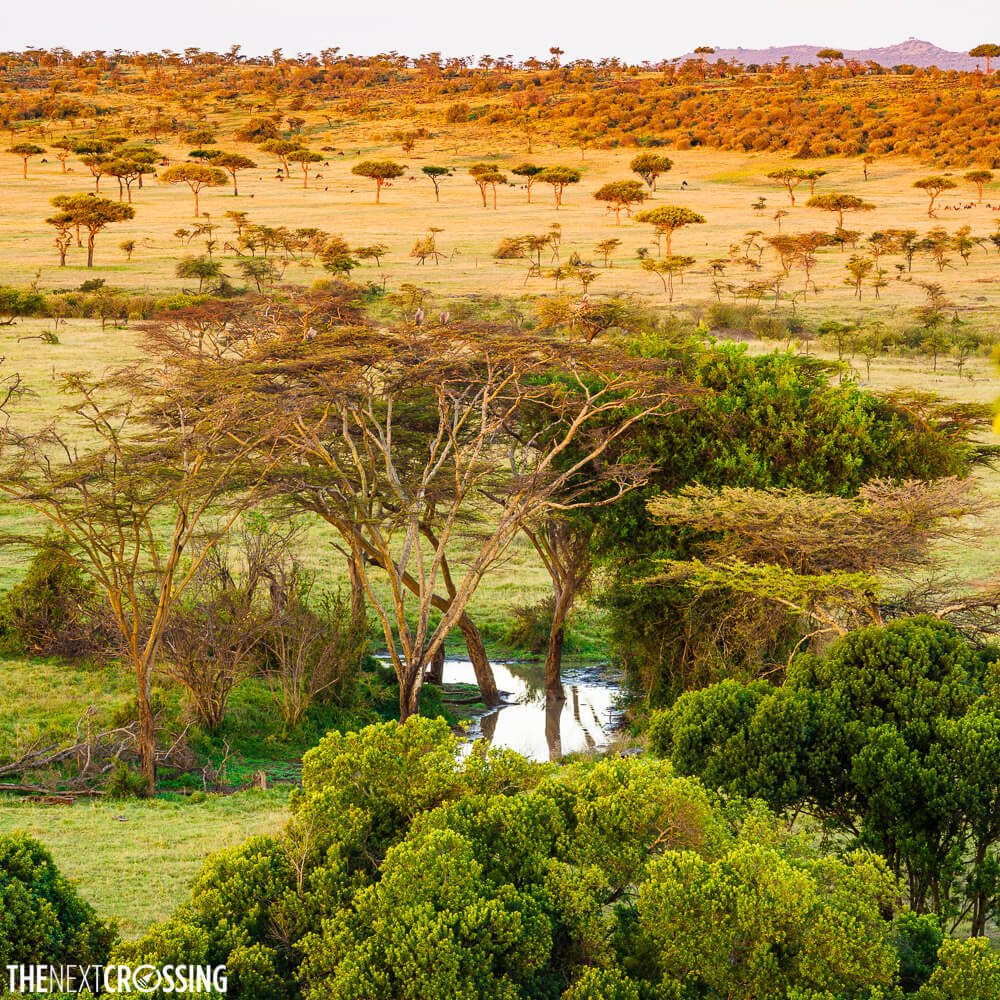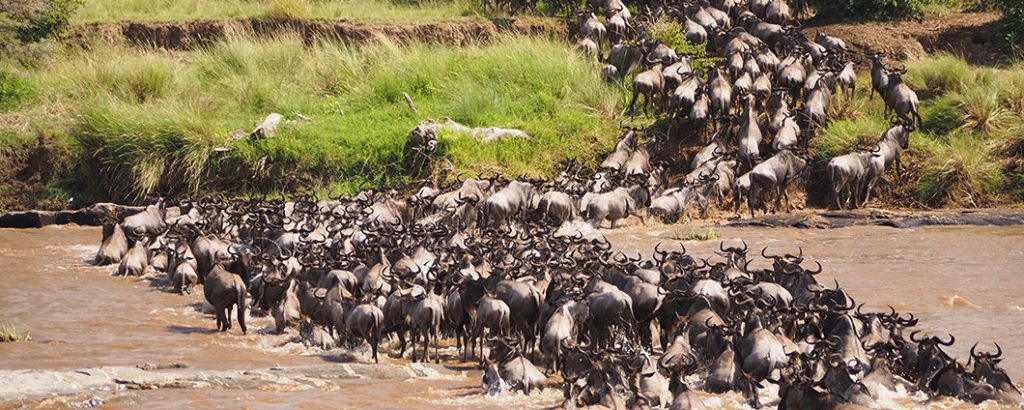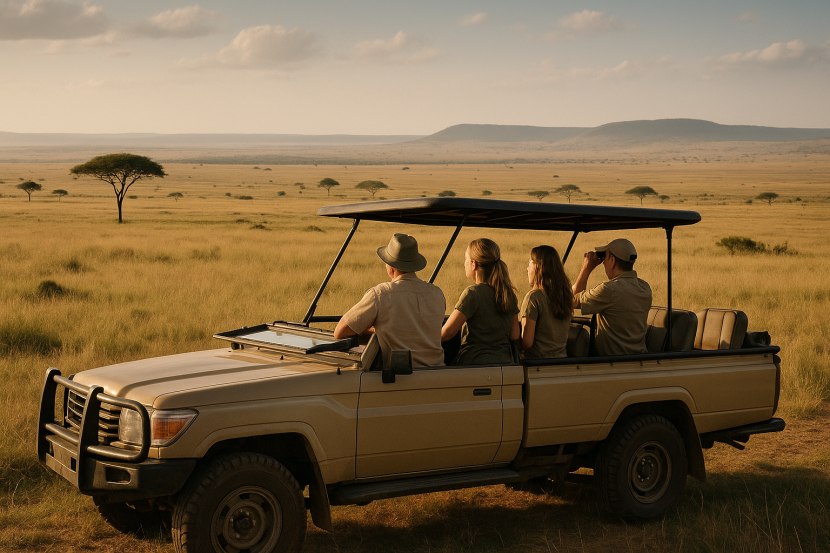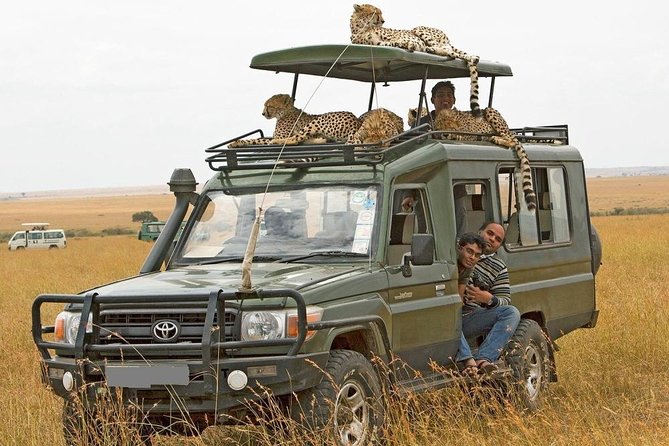For many travellers, the Masai Mara is the place where the idea of Africa truly comes alive — vast open plains, dramatic sunsets, and wildlife encounters so real that no documentary can compete. Kenya’s iconic reserve remains one of the world’s most cherished safari destinations, attracting adventurers, photographers, families, and nature lovers year after year.
Getting to the Mara is an adventure in itself. Travellers can choose the classic road safari from Nairobi, a scenic 5–6 hour drive through the Great Rift Valley aboard 4×4 vehicles fitted with pop-up roofs for perfect game-viewing. For those short on time, daily flights whisk visitors from Nairobi to airstrips located near major lodges, reducing travel time but keeping the thrill intact.
Once inside the reserve, guests are greeted by an extraordinary diversity of wildlife. The Mara is home to the famed Big Five — lions, leopards, elephants, buffaloes, and rhinos — along with giraffes, cheetahs, zebras, hyenas, hippos, crocodiles, and hundreds of bird species. Morning, afternoon, and evening game drives offer countless opportunities to witness predator chases, leisurely grazers, or intimate moments of animal life on the savannah.
The Great Migration — Nature’s Greatest Show
The annual Great Migration remains the Mara’s shining crown. Between July and October, more than a million wildebeest — accompanied by zebras and antelopes — thunder into the region as they cross the treacherous Mara River. This dramatic movement, marked by perilous leaps, crocodile ambushes, and intense predator action, is widely regarded as one of the greatest natural spectacles on Earth.
The sheer scale of the migration transforms the landscape into a moving tapestry of survival and instinct. For safari-goers, witnessing this event is often a once-in-a-lifetime experience, one that delivers raw drama and unforgettable photographic moments.



More Than a Safari — Culture, Comfort, and Conservation
The Masai Mara is not just a wildlife haven; it is also a cultural and conservation treasure. Many safari itineraries include visits to Maasai villages, where travellers learn about traditional customs, pastoralist lifestyles, and vibrant crafts. These cultural engagements add depth to the safari experience and support local livelihoods.
Lodges and camps in the Mara range from classic bush camps to high-end luxury tents, many offering spa treatments, wellness experiences, and open-air dining under the stars. This perfect blend of wilderness and comfort allows visitors to explore rugged terrain by day and unwind in serene surroundings by night.
Why the Mara Continues to Matter
At a time when untouched wilderness is becoming increasingly rare, the Masai Mara stands out as a sanctuary of biodiversity and natural wonder. Its accessibility, consistent wildlife sightings, and globally renowned migration make it a magnet for travellers seeking authentic experiences.
For nature lovers, it remains a place where lions roar into the dawn, herds stretch endlessly across golden plains, and the rhythm of the wild sets the pace of each day. For the tourism industry, the Mara is a model of how safari destinations can support conservation, empower communities, and sustain global interest in Africa’s natural heritage.
The Masai Mara continues to prove that safari tourism is not just a journey — it is a profound encounter with nature at its most breathtaking.
Source: travelandtourworld.com





